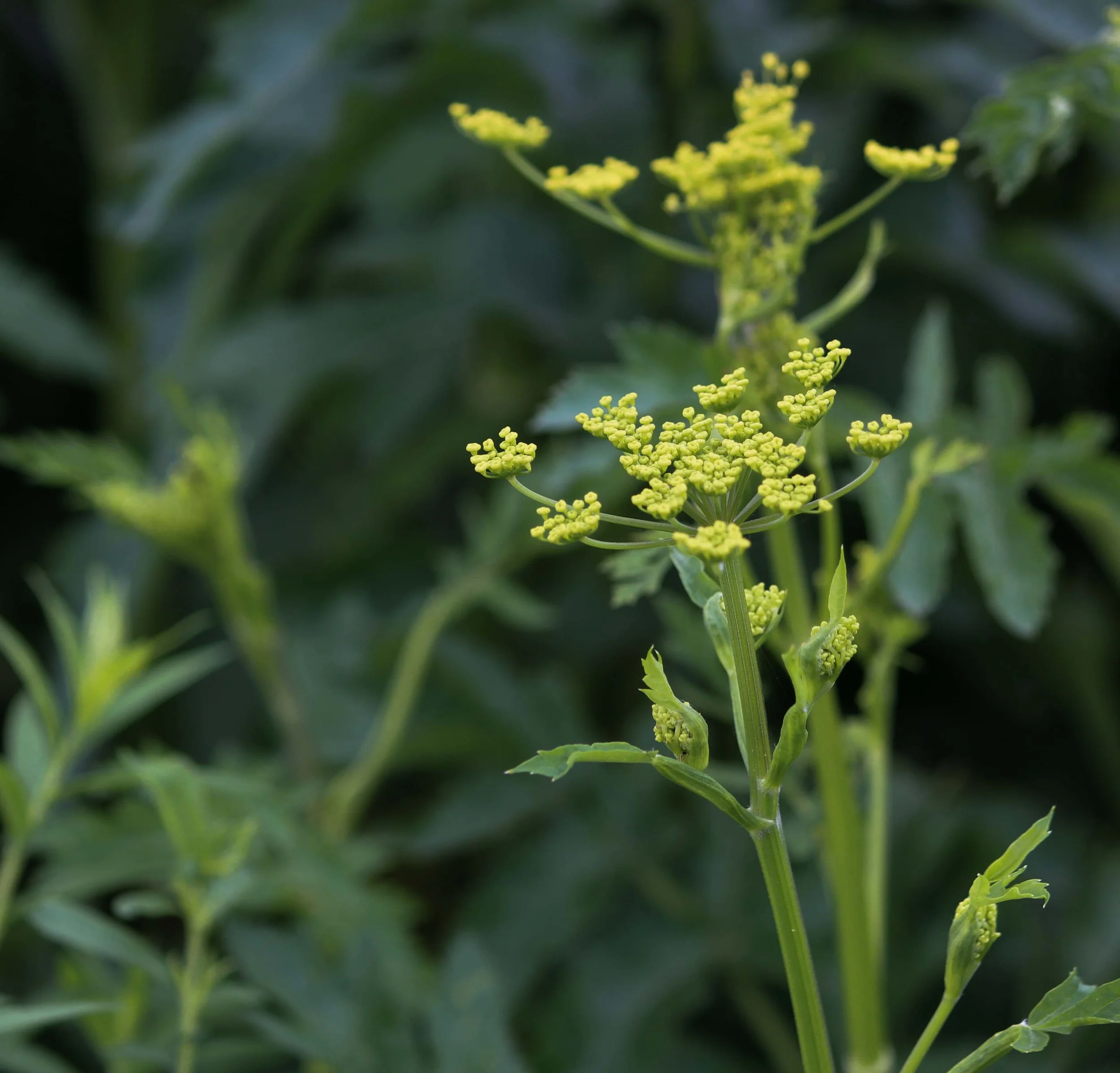How to identify wild parsnip
Since 2012, the issue of wild parsnip (also known as poison parsnip) has turned into a growing concern - particularly for residents in Rideau-Goulbourn - as the weed continues to spread its way across rural Ottawa and enter into suburban areas with increasing speed.
As the City of Ottawa takes steps to deal with wild parsnip on roadsides, in parks and other city properties, we will post news and updates to keep residents informed of any significant measures being taken.
Know the stages of wild parsnip growth
The following information has been republished on our site with permission from Weedinfo.ca. We appreciate being able to provide these details for you here.
To be able to identify wild parsnip, you must know each stage of the plant's lifecycle. Wild parsnip can live anywhere from two years up to five years, though it is considered a biennial plant, because most plants complete the lifecycle within two years.

Used with permission - Source: weedinfo.ca
(a) seedlings with small ovate leaves on long talks, later rosette leaves pinnately compound with broad leaflets; plants remaining as a rosette during the first season. Stem leaves alternate (1 per node), pinnately compound with usually 2 to 5 pairs of opposite (2 at a place), sharply toothed, relatively broad leaflets (b) that may be somewhat mitten-shaped, and 1 somewhat diamond-shaped leaflet (c) at the tip; all leafstalks broad (d) and completely encircle the stem; uppermost leaves reduced to narrow bracts (e) with flowering branches from their axils.
Wild parsnip is a biennial that is characterized by the formation of a rosette of leaves during the first year of growth and a large edible taproot. In the second year of its lifecycle, it produces stems that can grow as tall as 1-1.5m and develops in umbrella-shaped clusters of small yellow flowers (umbel). Wild parsnip reproduces by seeds only - which can remain viable in soil for up to 4 years.
Taproot - the taproot of a wild parsnip plant can grow as deep as 1.5m, which helps the plant to survive for long periods during unfavorable growing conditions.

USED WITH PERMISSION - SOURCE: WEEDINFO.CA
Juvenile plant - this is the stage that occurs during the first year of the wild parsnip lifecycle.

USED WITH PERMISSION - SOURCE: WEEDINFO.CA
Mature stem - later in the second year, the stem reaches its maturity.

USED WITH PERMISSION - SOURCE: WEEDINFO.CA
Immature seedhead

USED WITH PERMISSION - SOURCE: WEEDINFO.CA
Wild parsnip infestation

USED WITH PERMISSION - SOURCE: WEEDINFO.CA
Seedling

USED WITH PERMISSION - SOURCE: WEEDINFO.CA
Mature plant leaves - the second year of the plant's lifecycle has the mature leaf structure.

USED WITH PERMISSION - SOURCE: WEEDINFO.CA
Immature stem - early in the second year of the plant's lifecycle, this is what the stem will look like.

USED WITH PERMISSION - SOURCE: WEEDINFO.CA
Umbels - the flower heads of the wild parsnip plant are umbels. The largest - the primary umbel - is the first to bear fruit and disperse seeds.

USED WITH PERMISSION - SOURCE: WEEDINFO.CA
Mature seedhead

USED WITH PERMISSION - SOURCE: WEEDINFO.CA



